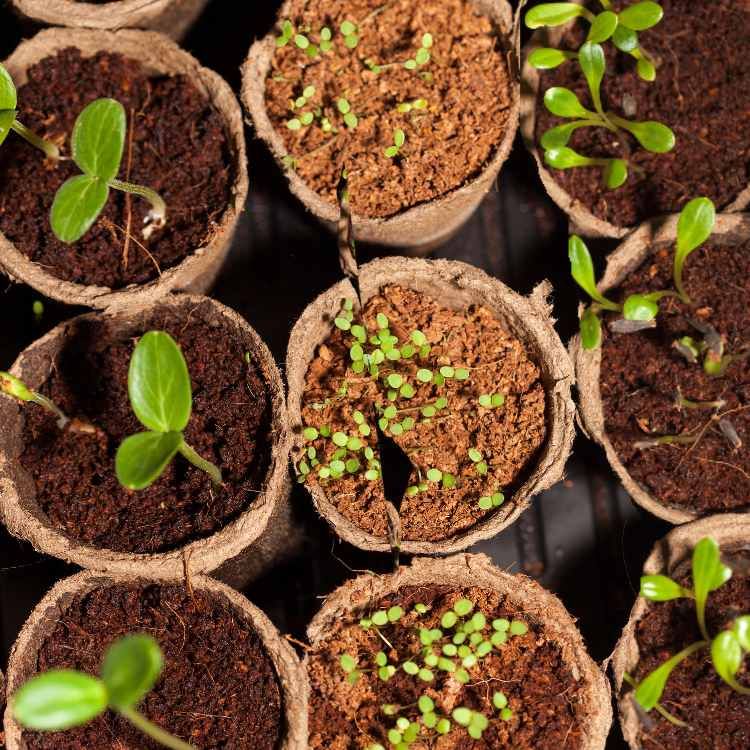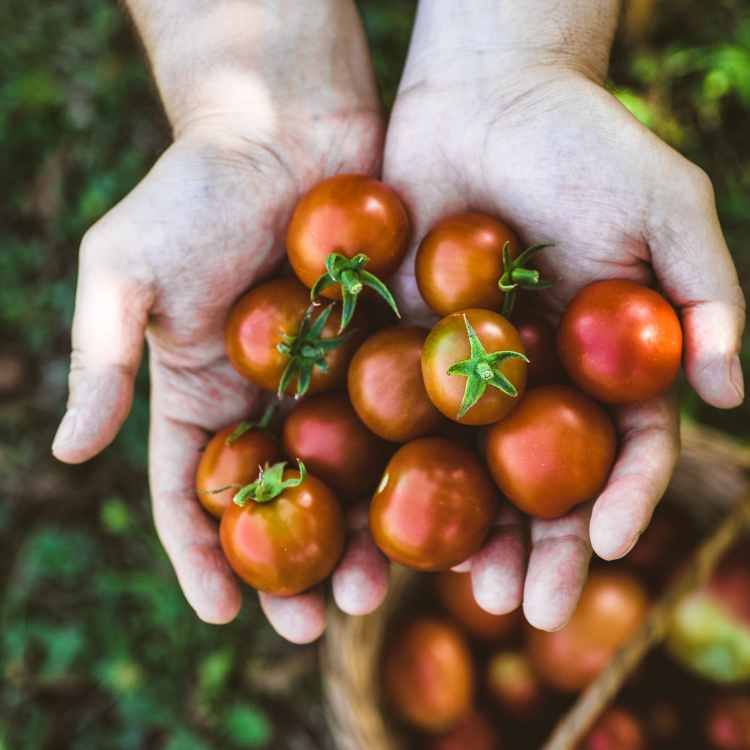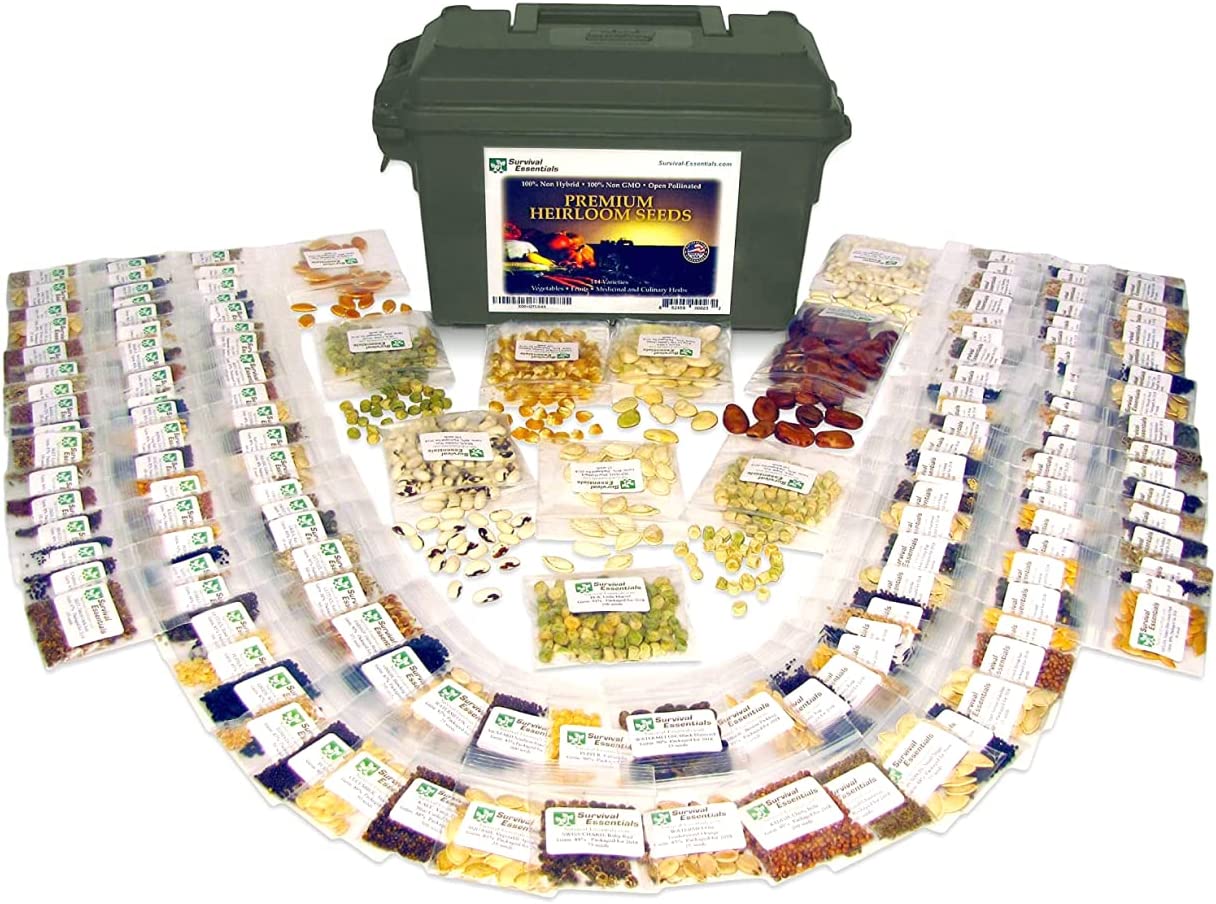
Article-at-a-Glance:
Understand the essence of hyperinflation and how it can affect your food supply.
Learn the significance of gardening to maintain food security during economic instability.
Discover the best crops for a high-yield, nutrient-rich garden that can thrive in tough times.
Utilize household waste to create a rich compost and identify natural fertilizers that save money.
Explore water-saving techniques essential for gardening during hyperinflation.
Fundamentals of Hyperinflation and Its Impact on Food Security
Hyperinflation is like a storm that can quickly erode the value of money, making everyday items like food and basic necessities expensive and sometimes scarce. It’s a period where prices skyrocket, and the cost of living becomes nearly unbearable for many. In these times, securing a reliable food source becomes a challenge, and that’s where gardening comes in as a beacon of hope. By growing your own food, you create a buffer against the fluctuating economy, ensuring that your family has access to fresh, healthy produce without the hefty price tag.
The Role of Gardening in Sustaining Households During Financial Crises
When money loses its value, self-reliance becomes the currency of survival. Gardening is not just a hobby; it’s a strategic move to protect your household from the unpredictability of hyperinflation. It empowers you to take control of your food supply, reduces dependence on the commercial food chain, and can even become a source of income by selling excess produce. Plus, it’s a fulfilling way to bring the family together, working towards a common goal of sustainability and resilience.
Starting Your Garden: Strategic Crop Selection
Top Crops for High Yield and Nutritional Value
Choosing the right crops is crucial for a successful garden, especially during hyperinflation. You want plants that are not only easy to grow but also provide a substantial yield and nutritional benefits. Here are some top picks:
Beans: These legumes are protein powerhouses and can be easily dried and stored.
Tomatoes: Versatile and rich in vitamins, they can be used fresh or preserved.
Leafy Greens: Spinach and kale grow quickly and are packed with essential nutrients.
Squash: With a long shelf life, squash offers both high yield and versatility.
Root Vegetables: Potatoes, carrots, and beets are calorie-dense and can be stored for months.
These crops are not only nutritious but also cost-effective, providing the most bang for your buck when budgets are tight.
The Importance of Choosing Heirloom Seeds Over Hybrids
Heirloom seeds are the gems of the gardening world during hyperinflation. Unlike hybrid seeds, heirlooms can be saved and replanted year after year, which means you won’t have to purchase new seeds each season. This not only saves money but also preserves the genetic diversity of your crops, which is vital for adapting to changing environmental conditions. Heirlooms often yield tastier and more nutritious produce as well, so it’s a win-win situation for any gardener.
Soil and Supplements: Economize Your Garden’s Foundation
Creating Nutrient-Rich Compost from Kitchen Scraps
One of the most cost-effective ways to enrich your garden soil is by making your own compost. You can turn kitchen scraps, like vegetable peels, coffee grounds, and eggshells, into black gold for your garden. This process not only reduces waste but also improves soil health, leading to stronger plants and better yields. And the best part? It’s practically free, making it perfect for gardening during times of hyperinflation.
Identifying Cost-Effective Natural Fertilizers
Besides that, nature offers a plethora of materials that can be used as natural fertilizers. Here are some budget-friendly options:
Banana peels: Rich in potassium, they’re great for flowering and fruiting plants.
Coffee grounds: They add nitrogen to the soil and improve soil texture.
Eggshells: Crushed eggshells provide calcium, essential for plant growth.
Wood ash: A source of potassium and lime, it can help raise soil pH.
By utilizing these natural fertilizers, you not only save money but also avoid the harmful chemicals found in many commercial products.
Waterwise Gardening: Thriving in a Cash-Strapped Economy
Water is a precious resource, and in times of hyperinflation, conserving it becomes even more critical. Smart water use in the garden can lead to significant savings and ensure your plants get the hydration they need without wastage. This is especially important when utility costs can skyrocket without warning.
Waterwise gardening starts with understanding your plants’ needs and the local climate. Deep, infrequent watering encourages strong root growth, while mulching can reduce evaporation. Opt for drought-resistant plants if you live in a dry area and consider the timing of your watering – early morning or late evening is best to minimize evaporation.
Group plants with similar water needs together to avoid overwatering.
Use mulch to retain soil moisture and reduce water evaporation.
Choose native or drought-tolerant plants that require less water.
Implement drip irrigation systems to deliver water directly to the roots.
By adopting these strategies, you’ll create a garden that not only survives but thrives, even when your budget is tight.
Techniques for Reducing Water Usage
Maximizing water efficiency is vital for gardening during hyperinflation. One way to do this is by practicing xeriscaping, which involves choosing plants that require minimal water. Another technique is to use soaker hoses or drip irrigation, which deliver water directly to the base of the plant, reducing waste and evaporation.
Collecting rainwater is another excellent method for reducing water usage. Setting up rain barrels or a cistern system can capture rainwater from your roof, which can then be used to water your garden. It’s a simple, cost-effective solution that also reduces your environmental footprint.
How to Collect and Utilize Rainwater
Collecting rainwater is a smart move for any gardener, especially during hyperinflation. You can start with something as simple as a barrel under your downspout to catch water when it rains. If you’re handy, you can rig up a more complex system with multiple barrels connected to your gutter system. Just make sure to cover your barrels to keep out debris and mosquitoes. Once you’ve collected the rainwater, you can use it to water your garden by hand or hook up a gravity-fed irrigation system.
Remember, some areas may have regulations on rainwater collection, so it’s important to check local laws before you begin.
Community and Collaboration: A Cooperative Approach to Gardening

In the face of hyperinflation, community becomes more valuable than ever. Joining or starting a community garden can spread the cost and labor among many hands, making it easier to grow a wider variety of crops and share the bounty. It also fosters a sense of solidarity and support, which can be incredibly empowering during tough economic times.
Community gardens can also become hubs for education and sharing of best practices. By pooling resources, community members can afford better tools and materials, and everyone benefits from shared knowledge and experience.
Forming Community Gardens and Alliances
To start a community garden, reach out to neighbors or local organizations interested in sustainable living. Look for a suitable space, such as an unused lot or shared backyard, and approach local authorities if necessary for permissions. Once you have a location, organize a meeting to discuss goals, set up rules, and assign plots or tasks. Remember, clear communication and shared responsibilities are the keys to a successful community garden.
Bartering Seeds and Produce to Strengthen Local Economies
Bartering is an age-old practice that can come in handy during hyperinflation. As a gardener, you can trade excess seeds, seedlings, or produce with others for different varieties or goods you need. This not only helps to diversify your garden but also strengthens community bonds and local economies. It’s a simple, money-free way to get what you need and ensure nothing goes to waste.
Preserving Your Harvest: Guarding Against Future Shortages
When you’ve put effort into growing your garden, it’s important to make the most of every harvest. Preserving your produce can help you stock up for the future and guard against shortages. There are many methods to preserve food, including canning, drying, and freezing. Each method has its own advantages and can help extend the shelf life of your harvest for months or even years.
Step-by-Step Guide to Canning and Drying Produce
Canning is a reliable way to preserve fruits and vegetables. Start by sterilizing jars and lids, then fill them with prepared produce and a canning liquid, such as water or syrup. Seal the jars and process them in a boiling water bath or pressure canner according to the type of food and your altitude. Drying is another great option, especially for herbs and some fruits. You can use a dehydrator or simply air-dry them in a warm, dry place.
These methods not only extend the life of your harvest but also give you the satisfaction of a pantry stocked with homegrown goodness.
Storing Seeds for Future Planting Seasons
One of the smartest things you can do as a gardener is to save seeds from your best plants. After harvesting, choose healthy, ripe fruits or vegetables and extract the seeds. Clean them thoroughly and let them dry completely. Store them in a cool, dry place, ideally in envelopes or jars labeled with the date and type of seed. This way, you’ll have a personal seed bank ready for the next planting season, ensuring your garden’s future productivity.
By saving seeds, you’re not just preparing for the next season; you’re investing in your garden’s future and contributing to biodiversity.
Storing seeds isn’t just about being thrifty; it’s about taking charge of your food supply for the long haul. When you save seeds from your healthiest plants, you’re banking on their proven resilience and your hard work. Here’s how to do it right:
Choose robust, disease-free plants as your seed sources.
Harvest seeds from the healthiest fruits or vegetables.
Clean the seeds thoroughly to remove any pulp or residue.
Let them air dry completely to prevent mold or rot.
Store them in a cool, dry place, in labeled containers.
By following these steps, you’ll have a personal cache of seeds that are acclimated to your garden’s unique conditions, ready for the next season or any unexpected challenges that may come.
Expand Your Garden Smartly with “Survival Essentials”

When hyperinflation hits, being smart about where you invest your money is crucial. That’s where “Survival Essentials” comes in. They offer an extensive range of heirloom seeds that are tailored for the home gardener looking to maximize their garden’s potential during tough economic times.
Gardening Kits: A One-Stop Solution for Home Growers
One of the standout offerings from “Survival Essentials” is their gardening kits. These kits are curated to give you a diverse array of plants, all selected for their resilience and nutritional value. Whether you’re a seasoned gardener or just starting out, these kits can simplify the process and help ensure that your garden is a success. Check out their collection to find the perfect fit for your garden.
Why “Survival Essentials” Seeds Are the Choice for the Inflation-Wise Gardener
Here’s why “Survival Essentials” seeds should be your go-to:
Heirloom varieties are chosen for their proven track record in various conditions.
Seeds are non-GMO, promoting natural growth and sustainability.
Their seeds come with a happiness guarantee, ensuring customer satisfaction.
Investing in “Survival Essentials” seeds is not just buying a product; it’s investing in a sustainable future for your garden.
Frequently Asked Questions (FAQ)
How Do I Start Gardening During Hyperinflation?
Starting a garden during hyperinflation can seem daunting, but it’s all about taking the first step. Begin with a small, manageable space and focus on high-yield, easy-to-grow crops. Utilize resources like “Survival Essentials” to get quality seeds, and make the most of household waste by creating your own compost. Remember, every plant you grow is a step towards greater self-sufficiency.
What Are the Best Crops to Grow for Maximum Financial Savings?
The best crops for financial savings are those that offer high yields, nutritional value, and can be easily stored or preserved. Think beans, tomatoes, squash, and root vegetables. These staples can form the backbone of your garden and help you weather the storm of hyperinflation.
Can I Use Greywater for Gardening, and Is It Safe?
Yes, you can use greywater for gardening, and it’s a smart way to recycle water. However, it’s important to use greywater that’s free from harsh chemicals and to avoid using it on plants that are eaten raw. Always research and follow local guidelines to ensure safe and effective use.
Greywater systems can be simple or complex, but the basic principle is to redirect water from sources like baths, showers, and washing machines, and use it for garden irrigation. It’s a practical way to conserve water and keep your garden green, even in tough economic times.
How Can I Preserve Seeds for Next Year’s Garden?
Preserving seeds for the next year’s garden is all about selecting the best specimens, cleaning, and storing them properly. It’s a simple process that can save you money and ensure the longevity of your garden. Keep them dry, cool, and away from direct sunlight, and you’ll have a head start on the next planting season.
Where Can I Purchase Affordable, Quality Seeds?
For affordable, quality seeds, look no further than “Survival Essentials.” Their extensive collection of heirloom seeds is designed to help gardeners like you thrive, even during periods of hyperinflation. To ensure you’re also prepared for urban environments, consider learning about mastering square foot gardening for efficient space utilization. Visit their online store to explore their offerings and secure your garden’s future today.
In times of economic uncertainty, establishing a survival garden can be a crucial step towards self-sufficiency. Gardening offers a way to produce your own food, and with the right knowledge and preparation, it can be done even during hyperinflation. Learning to grow your own food is not just a hobby, but a survival skill that can provide you and your family with vital nutrition when other sources are unavailable or unaffordable. By focusing on heirloom and non-GMO seeds, your garden can become a sustainable source of food that can be cultivated, saved, and replanted year after year, ensuring a continuous supply of fresh produce.







Leave a Reply